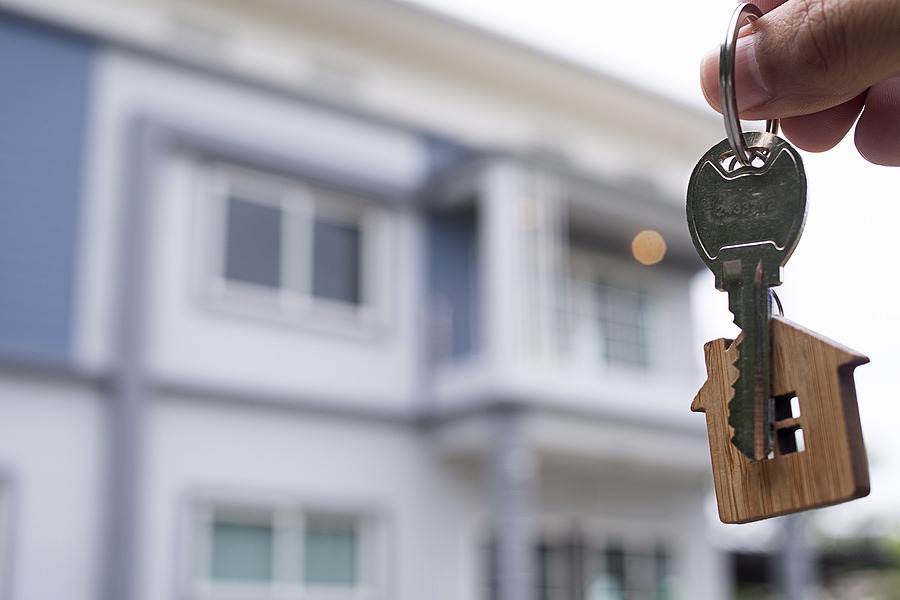
Buying a home can be a daunting process filled with emotions and many unknowns. It’s important to be patient and take one step at a time to avoid making costly mistakes.
Let’s review five common mistakes that first-time homebuyers often make and, most importantly, how to avoid them in the first place.
- Buying a Home that You Realistically Can’t Afford
It’s easy to get caught up in shopping for homes far beyond your financial means. Avoid the temptation of falling in love with a home you cannot afford by using a mortgage calculator to help estimate a comfortable monthly payment (including taxes, homeowner’s insurance, and private mortgage insurance, if applicable).
Ideally, first-time homebuyers should aim to purchase a home below their target budget to ensure the monthly mortgage payments will not be a burden.
- Not Understanding Your Credit Score & The Implications of Bad Credit
Maintaining a high credit score is a great step towards being approved for a mortgage with a low interest rate. It’s imperative that a first-time homebuyer not only understand their credit score, but take every possible action to improve it prior to applying for a home loan.
If your credit score is less than desirable, don’t sweat it. There are several ways to boost your credit score, including paying bills on time, not using more than 30% of your overall credit limit, and, whenever possible, paying your monthly credit card balance in full.
- Depleting Your Savings Account to Satisfy The Down Payment
We’ve all been told that making as large of a down payment as possible is a good thing; however, making a sizable down-payment should not deplete your savings account. Once you’ve purchased a home, don’t forget that you will need to pay for closing costs and moving expenses, as well as any home repair needs that may arise. There are options that you may qualify for where you can put down less than a 20% down payment.
- House Hunting Prior to Starting the Pre-Qualification/Pre-Approval Process
Simply put, sellers are more likely to entertain offers from buyers that have already begun the mortgage approval process, as this indicates a buyer’s serious intent to follow through with the purchase of a property.
In short, pre-qualification (step one) is a good indication of a homebuyer’s creditworthiness and ability to borrow, while pre-approval (step two) is the definitive answer from the mortgage lender.
Buyers should expect to submit pay stubs, tax returns, bank statements, and other documents as proof of their ability to both satisfy a down payment and make monthly mortgage payments.
Note that as your financial situation improves, it may be possible to become pre-approved for an even larger home loan with a better interest rate. This is why it’s so important to have your finances in order prior to starting the home buying process.
- Fixating on the Home & Ignoring the Neighborhood
Falling in love with a home that checks off your wishlist in terms of aesthetics is great, but you must also consider the neighborhood, school system, crime rate, potential for resale, etc. The immediate love you have for your home will quickly disappear if you end up hating the community within which you live. Therefore, it’s important to determine not only the wishlist you have for your new home, but also (and equally as important) the area surrounding your home.
Ultimately, the purchase of a new home is a big decision. However, with a little patience and planning, you’ll be on your way to purchasing your dream home within a neighborhood that is perfect for your family. Let the experienced professionals at GoPrime Mortgage, Inc. help you on your path to homeownership.